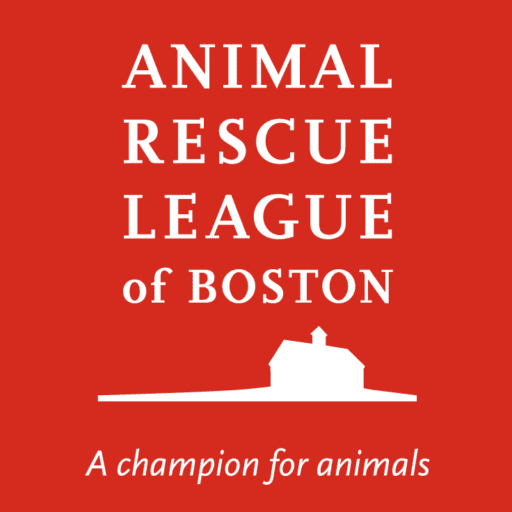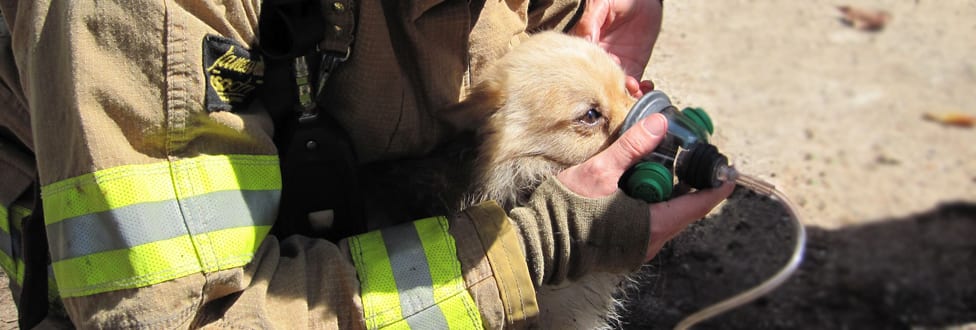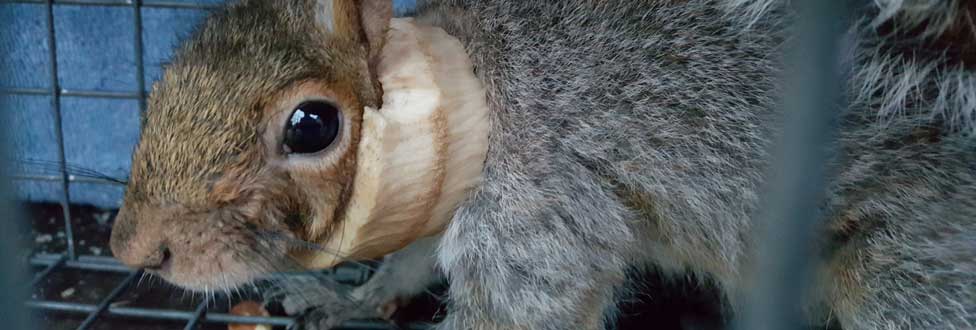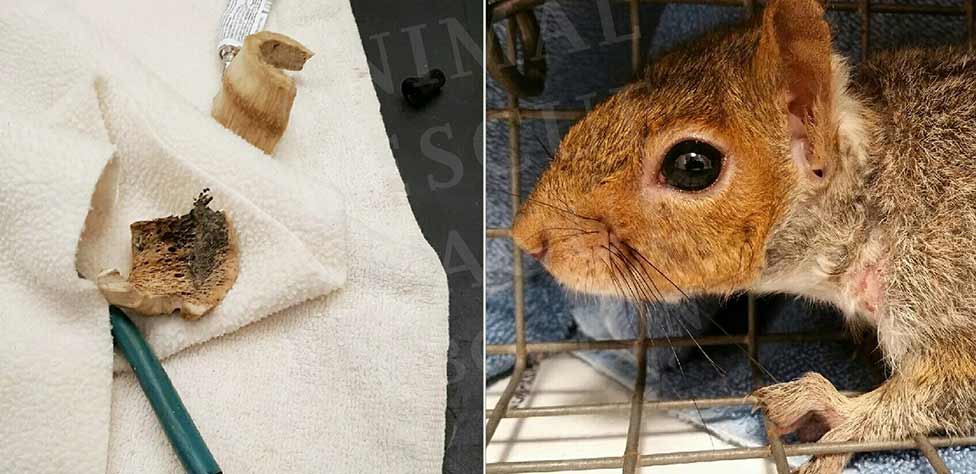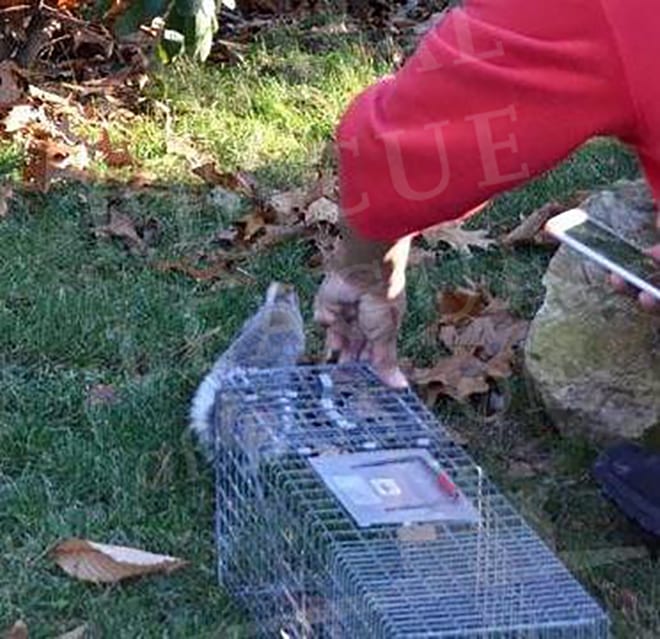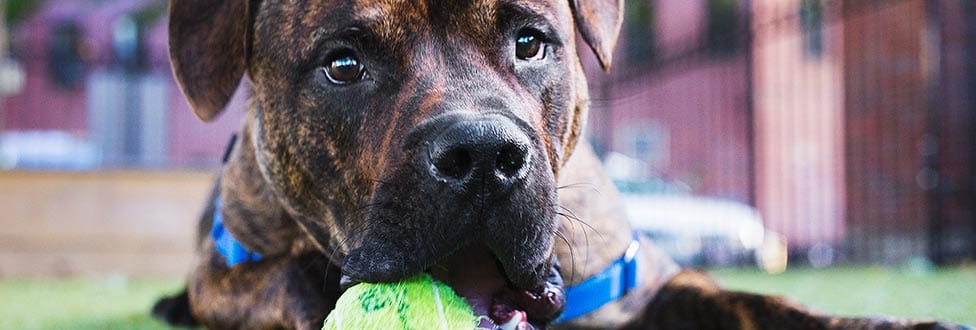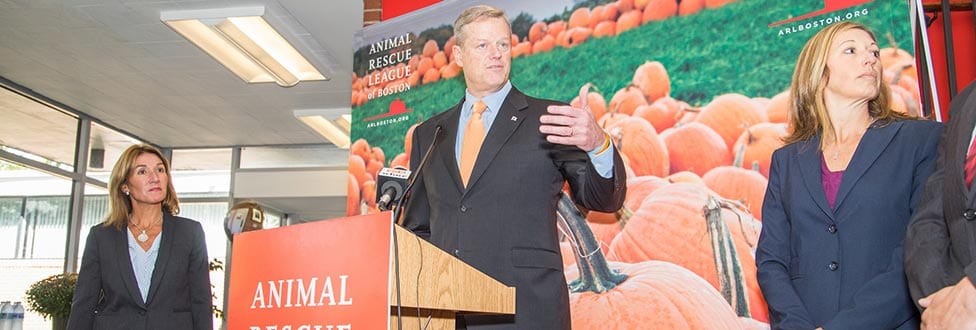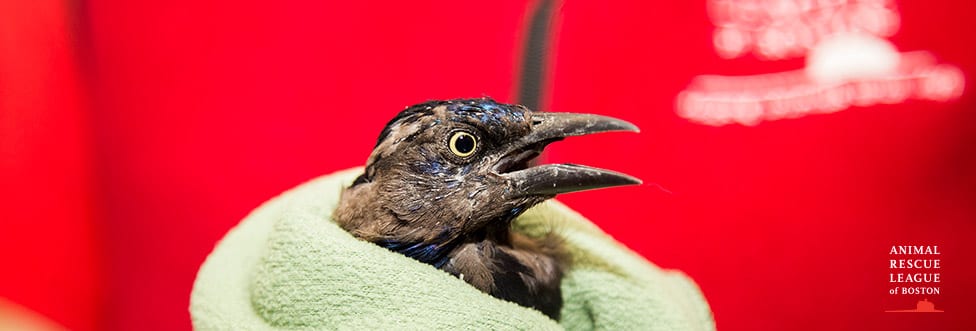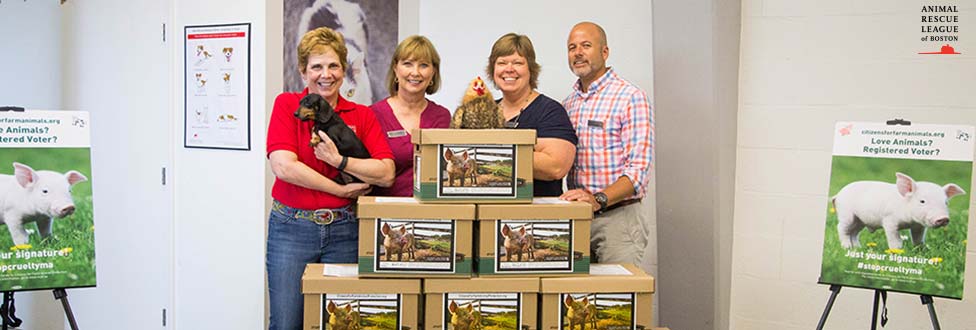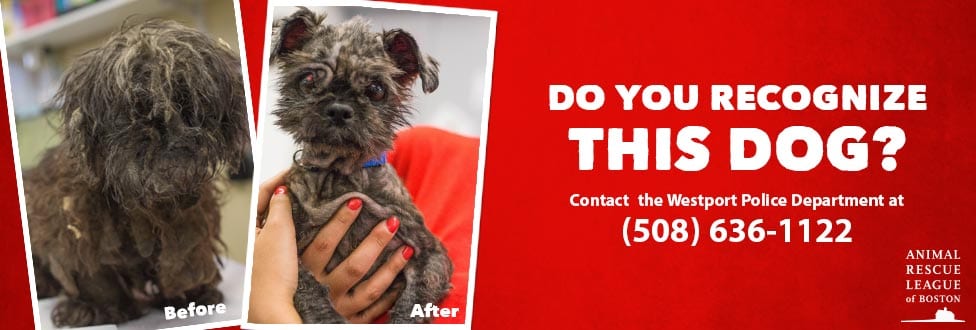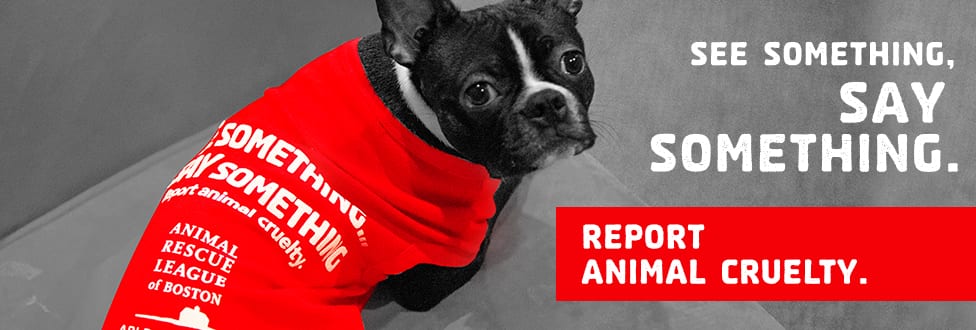National Pet Fire Safety Day
Too Hot for Spot®: “National Pet Fire Safety Day” Tips to Keep Pets Safe
July 15 is National Pet Fire Safety Day and it reminds us that pets are often vulnerable victims of home fires. An estimated 500,000 pets are affected annually by house fires, according to a data analysis by the National Fire Protection Association.
Planning for unexpected emergencies like home fires and taking these precautions are an integral part of responsible pet ownership. The following tips are suggestions for pet owners on how to prevent your beloved pet from starting a fire, as well as how to keep your pets safe.
What you can do to keep your pets safe: 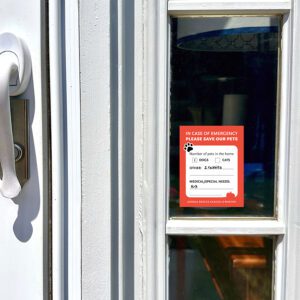
- Keep Pets Near Entrances When Away From Home – Keep collars on pets and leashes ready to go in case firefighters need to rescue your pet. When leaving pets home alone, keep them in areas or rooms near entrances where firefighters can easily find them.
- Secure Young Pets – Especially with young puppies, keep them confined away from potential fire-starting hazards when you are away from home such as in crates or behind baby gates in secure areas.
- Since Pets Left Alone Can’t Escape a Burning Home – Consider using monitored smoke detectors which are connected to a monitoring center so emergency responders can be contacted when you’re not home. These systems provide an added layer of protection beyond battery-operated smoke alarms.
- Affix a Pet Alert Window Cling Like Ours – Write down the number of pets inside your house and attach a “Pet Rescue” decal to your front window. This critical information can help save rescuers time when locating your pets. Make sure to update the number of pets listed.
Special thanks to all of the firefighters out there who put their own lives at risk every day to help people and their pets.
More information about summer pet safety.
